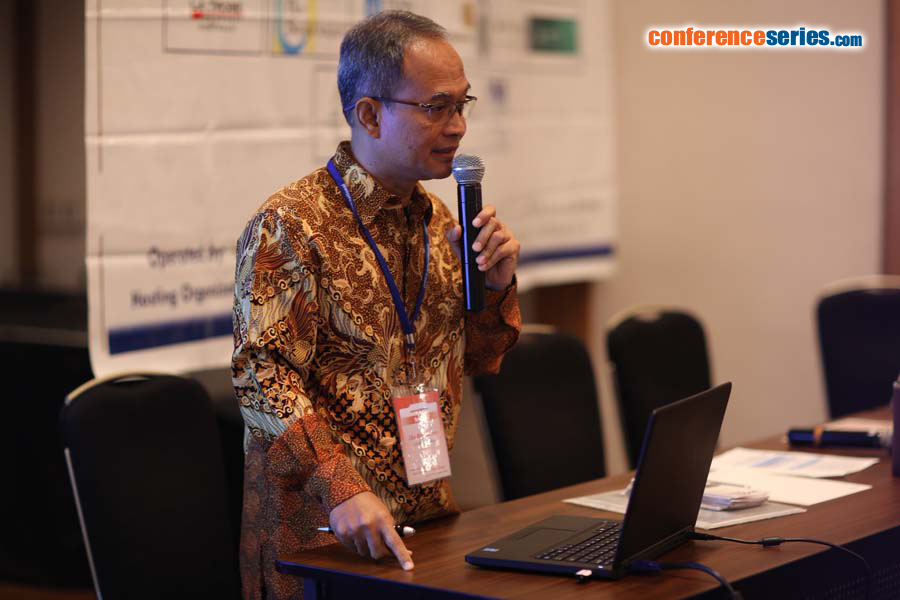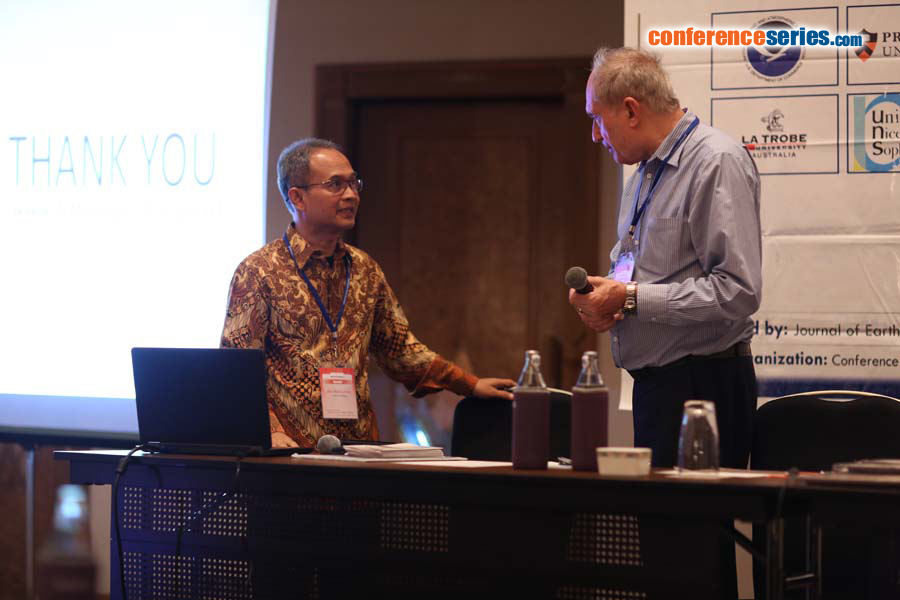
Eko Budi Lelono
LEMIGAS, Indonesia
Title: Cooling event in the boundary of Middle/Late Eocene of Java
Biography
Biography: Eko Budi Lelono
Abstract
The indication of Eocene climatic changes is defined based on the change of abundance and diversity of palynomorphs occurring in the Nanggulan Formation, especially those representing lowland/rain forest elements and climate indicators. This is possible because this formation has been found to yield the richest and most diverse palynomorph assemblages of Eocene age in Southeast Asia. Middle Eocene is characterized by high abundance and diversity of lowland/rain forest elements suggesting the expansion of forest in warm and wet conditions which include Palmaepollenites kutchensis, Sapotaceoidaepollenites spp., Retitricolporites equatorialis, Campnosperma sp., Marginipollis concinus and Dicolpopollis malesianus. On the other hand, Late Eocene is marked by regular appearance of grass pollen in significant reduction of rain forest elements indicating the development of savanna in cool and dry climate condition. This situation is also recorded in the Toraja Formation (South Sulawesi) and the Late Eocene succession of the Makassar Strait. The first occurrence of hinterland pollen of Podocarpidites spp. marking Middle/Late Eocene boundary confirms the cooling event within this boundary.



